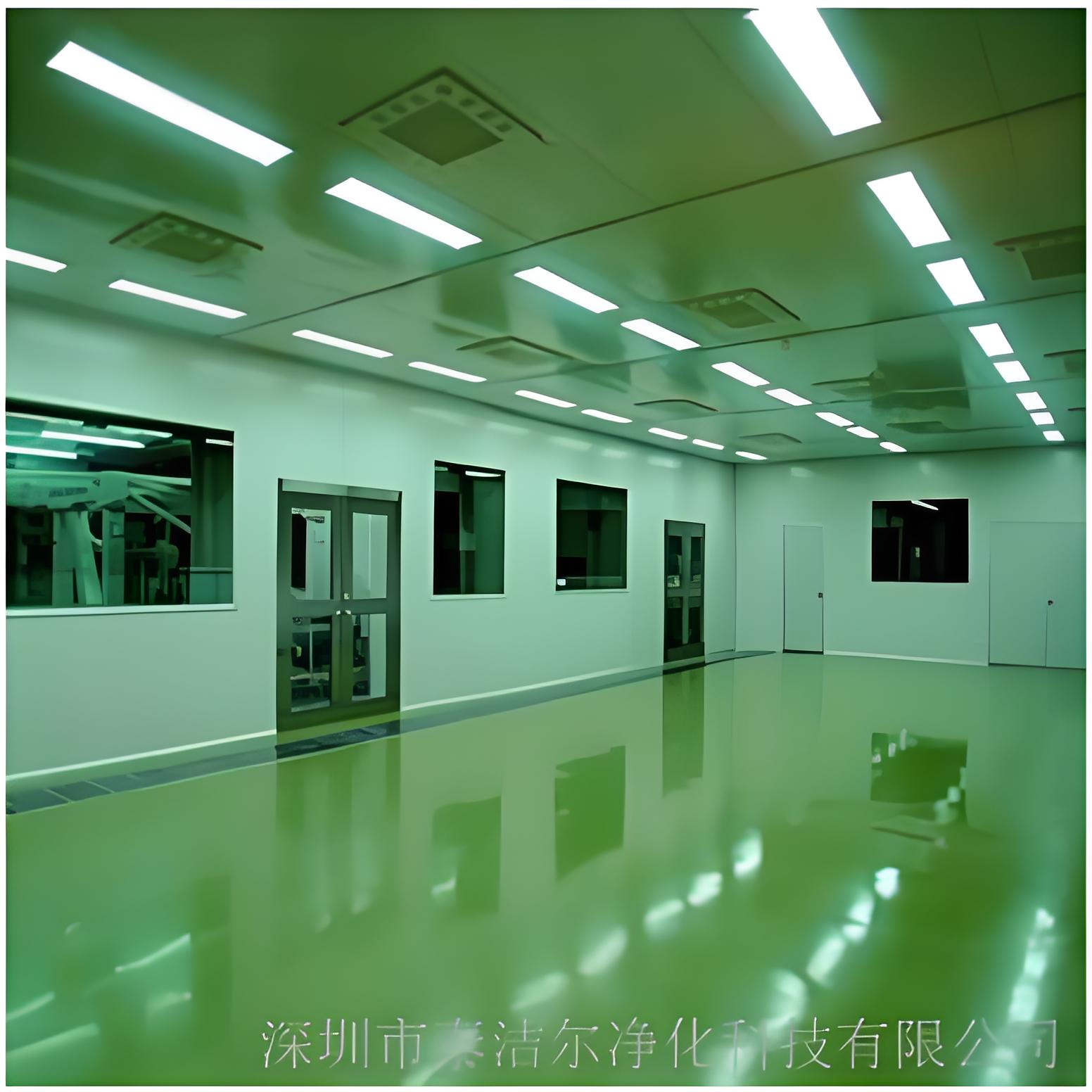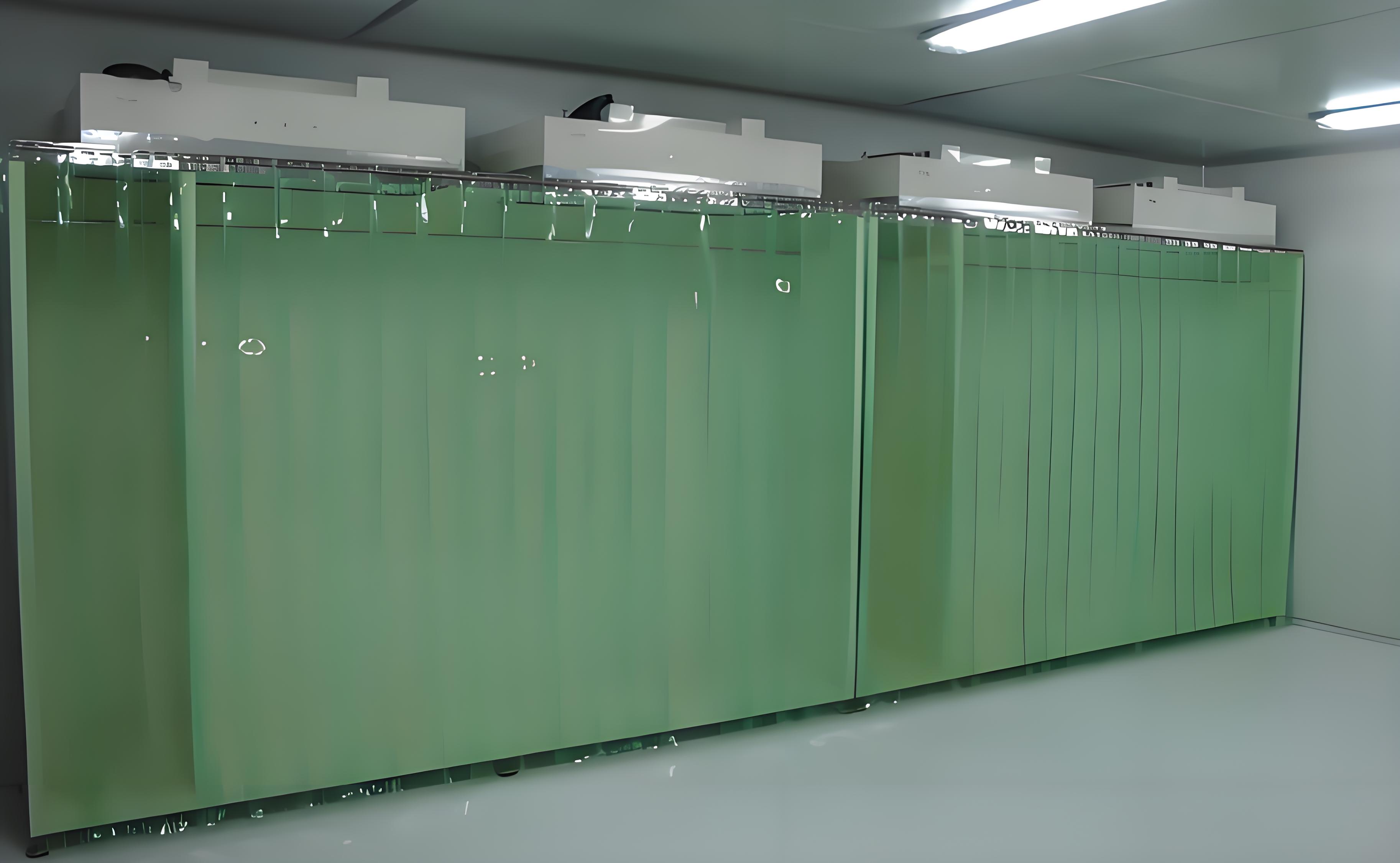




When it comes to establishing a functional and safe research environment, the biology laboratory layout serves as the foundation for success in life sciences. Whether you're setting up a new facility or renovating an existing one, a well-thought-out layout can enhance workflow, ensure compliance, and optimize costs. In this comprehensive article, we delve into the critical aspects of Life Science Laboratory Facility Planning and Design, the role of a laboratory layout design consultant, the advantages of working with a turnkey laboratory design builder, and the factors influencing modular lab design cost. Additionally, we address common challenges faced during the process, providing practical solutions to avoid pitfalls. By the end, you'll have a clearer understanding of how to create an efficient biology laboratory that meets modern research demands.
The importance of a proper biology laboratory layout cannot be overstated. It impacts everything from researcher productivity and safety to operational costs. With advancements in technology and increasing regulatory requirements, laboratories must be designed with flexibility and scalability in mind. This article explores key elements in a structured manner, using H2 subheadings to break down complex topics. We'll cover planning phases, expert consultations, integrated building solutions, and budget considerations, all while maintaining a keyword density within the optimal 3%–10% range to ensure relevance without keyword stuffing. Let's begin by examining the foundational planning and design stages.

Life Science Laboratory Facility Planning and Design is a multidisciplinary process that involves strategic decision-making to create a space that supports scientific innovation. This phase sets the stage for a successful biology laboratory layout, focusing on factors such as workflow efficiency, safety protocols, and future expansion. A typical planning cycle includes needs assessment, conceptual design, detailed schematics, and implementation. For instance, in a biology lab, considerations might include the placement of biosafety cabinets, fume hoods, and sterile zones to prevent cross-contamination. Incorporating sustainable practices, like energy-efficient lighting and waste management systems, is also crucial in modern Life Science Laboratory Facility Planning and Design.
One of the primary goals is to align the layout with the lab's specific research activities, whether it's molecular biology, genetics, or microbiology. This requires collaboration between scientists, architects, and engineers to ensure that the biology laboratory layout accommodates equipment, storage, and personnel movement. Common best practices include zoning areas based on hazard levels and integrating digital tools for virtual simulations. However, inadequate planning can lead to costly redesigns. For example, neglecting to account for ventilation needs might compromise air quality, highlighting why Life Science Laboratory Facility Planning and Design should be approached methodically, with input from a laboratory layout design consultant to mitigate risks.
Engaging a laboratory layout design consultant can be a game-changer in achieving an optimal biology laboratory layout. These professionals bring expertise in spatial optimization, regulatory compliance, and industry trends, acting as intermediaries between researchers and construction teams. A laboratory layout design consultant typically conducts site evaluations, develops floor plans, and ensures that the design adheres to standards like ISO 17025 or OSHA guidelines. Their input is invaluable in avoiding common errors, such as poor traffic flow or insufficient utility placements, which can derail a project.
In practice, a laboratory layout design consultant might use software like CAD or BIM to create detailed models, allowing stakeholders to visualize the biology laboratory layout before construction begins. This proactive approach saves time and resources, especially when coordinating with a turnkey laboratory design builder. For instance, in a recent project, a consultant helped integrate modular elements that reduced modular lab design cost by 15%. By leveraging their knowledge, labs can enhance flexibility—key for adapting to evolving research needs. It's essential to choose a consultant with experience in Life Science Laboratory Facility Planning and Design to ensure a holistic approach that balances functionality with budget constraints.
Opting for a turnkey laboratory design builder offers a streamlined solution for implementing a biology laboratory layout. This approach involves a single entity managing the entire project—from design and construction to equipment installation and commissioning. The term "turnkey" implies that the lab is ready for use upon completion, minimizing disruptions. A turnkey laboratory design builder often collaborates with a laboratory layout design consultant to deliver cohesive results, ensuring that the Life Science Laboratory Facility Planning and Design phase seamlessly transitions into execution.
Key advantages include cost predictability, faster timelines, and reduced administrative burden. For example, a turnkey laboratory design builder might prefabricate components off-site, accelerating the process and controlling modular lab design cost. This is particularly beneficial for biology labs requiring specialized infrastructure, such as climate-controlled rooms or high-containment areas. However, selecting the right builder requires due diligence; look for firms with proven experience in biology laboratory layout projects. Case studies show that turnkey solutions can improve efficiency by up to 30%, making them a smart choice for institutions aiming to scale operations without compromising quality.

Modular lab design cost is a critical factor in modern biology laboratory layout projects, offering a flexible and often economical alternative to traditional construction. Modular design involves prefabricated components that can be assembled on-site, allowing for customization and rapid deployment. Factors influencing modular lab design cost include material quality, size, complexity, and integration with existing systems. On average, modular approaches can reduce overall expenses by 10–20% compared to conventional methods, thanks to shorter construction times and minimized waste.
When budgeting for a biology laboratory layout, it's important to consider both upfront and long-term costs. For instance, while modular units might have higher initial material costs, they offer savings in maintenance and reconfiguration. A laboratory layout design consultant can provide insights into cost-effective strategies, such as using standardized modules for common areas. Additionally, working with a turnkey laboratory design builder can help manage modular lab design cost through bulk purchasing and efficient project management. Real-world examples include university labs that have adopted modular designs to accommodate fluctuating research demands, demonstrating how careful planning in Life Science Laboratory Facility Planning and Design can optimize financial outcomes.
Despite careful planning, several common challenges can arise during the development of a biology laboratory layout. Addressing these proactively is essential for success. One frequent issue is space constraints, leading to cramped workstations that hinder productivity. This often stems from inadequate Life Science Laboratory Facility Planning and Design, where future growth isn't accounted for. To mitigate this, involve a laboratory layout design consultant early to optimize spatial arrangements.
Another challenge is budget overruns, particularly related to modular lab design cost fluctuations. Unforeseen expenses, such as compliance updates or material shortages, can strain resources. Partnering with a reliable turnkey laboratory design builder can provide cost controls through fixed-price contracts. Safety compliance is also a major hurdle; for example, improper ventilation in a biology lab can pose health risks. Regular audits during the Life Science Laboratory Facility Planning and Design phase can prevent such issues.
Other problems include poor workflow integration, where equipment placement disrupts efficiency, and technology obsolescence, which can be avoided by designing adaptable layouts. By learning from these common pitfalls, stakeholders can create a robust biology laboratory layout that supports long-term success.
In conclusion, a well-executed biology laboratory layout is pivotal for advancing life science research. Through strategic Life Science Laboratory Facility Planning and Design, expert guidance from a laboratory layout design consultant, efficient execution by a turnkey laboratory design builder, and smart management of modular lab design cost, labs can achieve optimal performance. By anticipating common challenges, you can ensure a smooth process that meets both current and future needs.